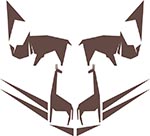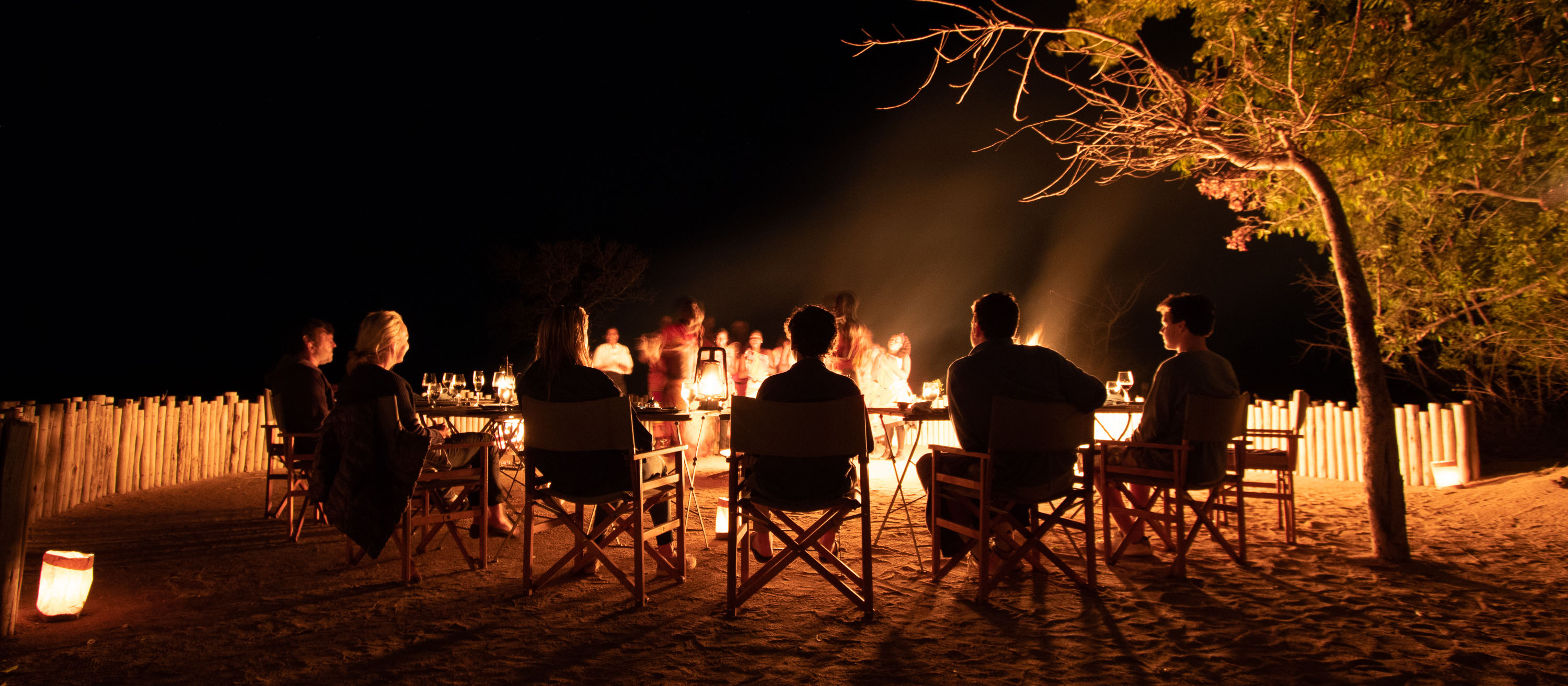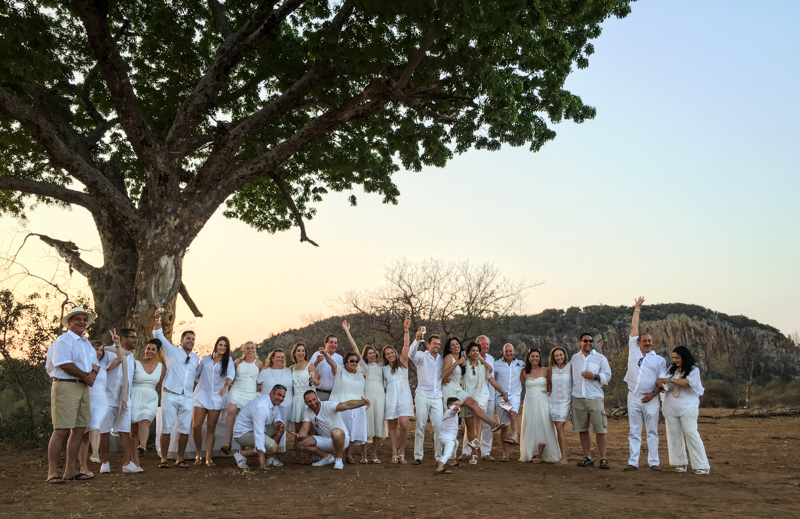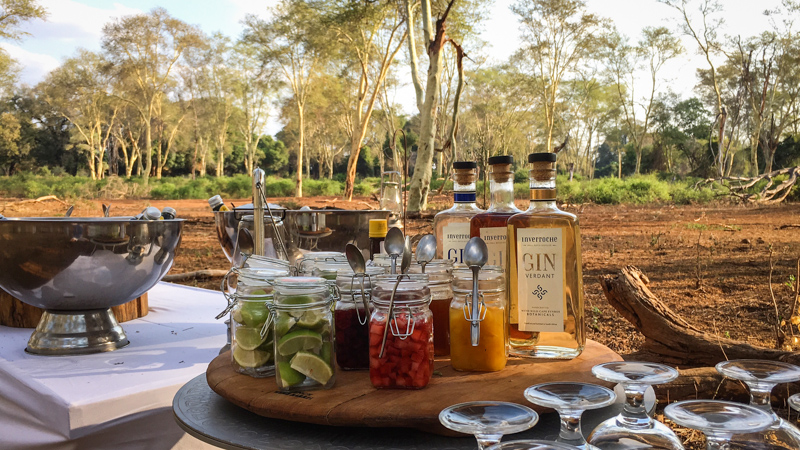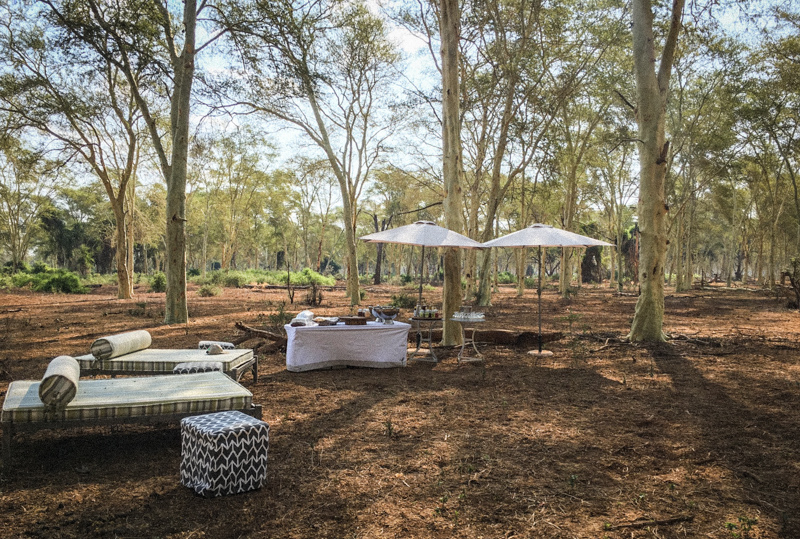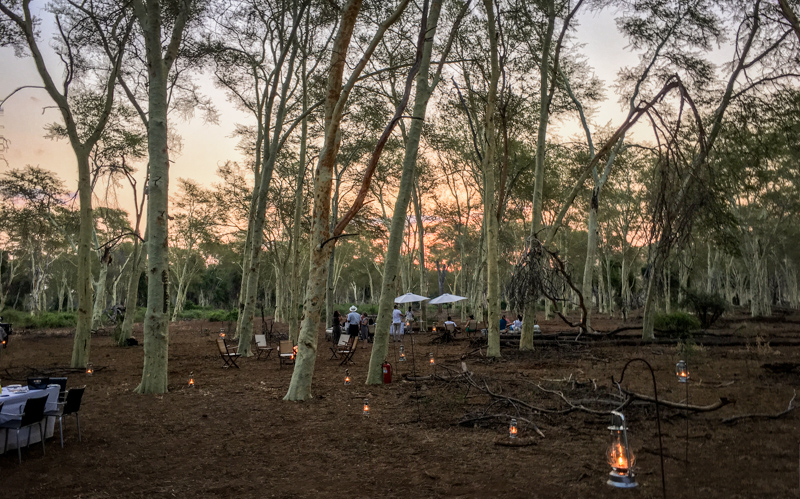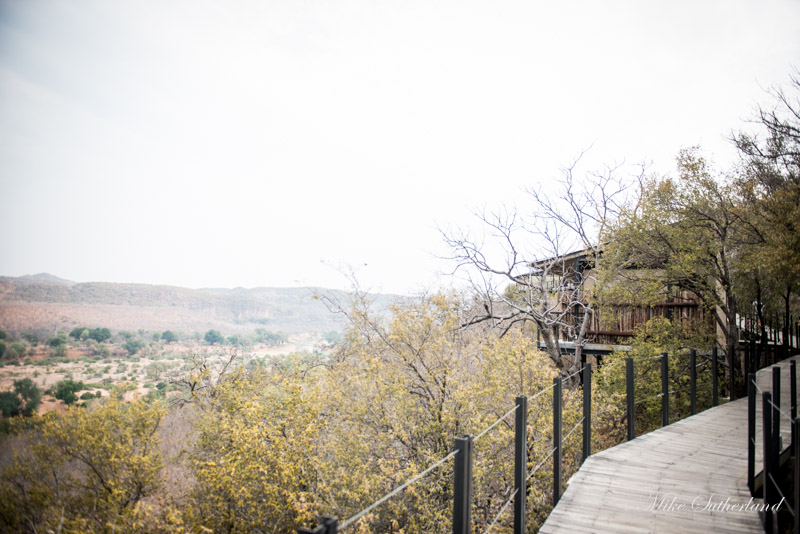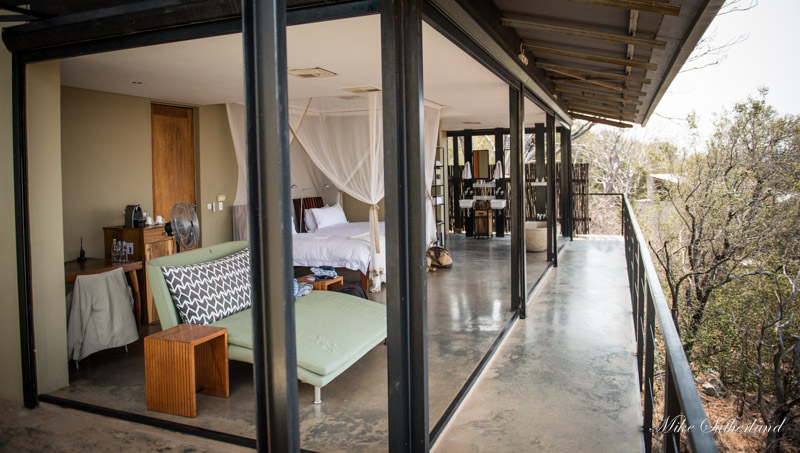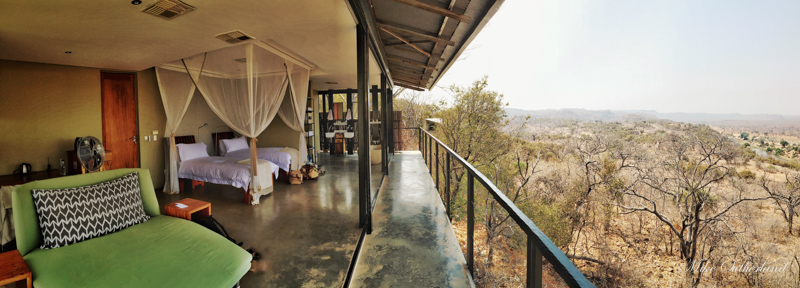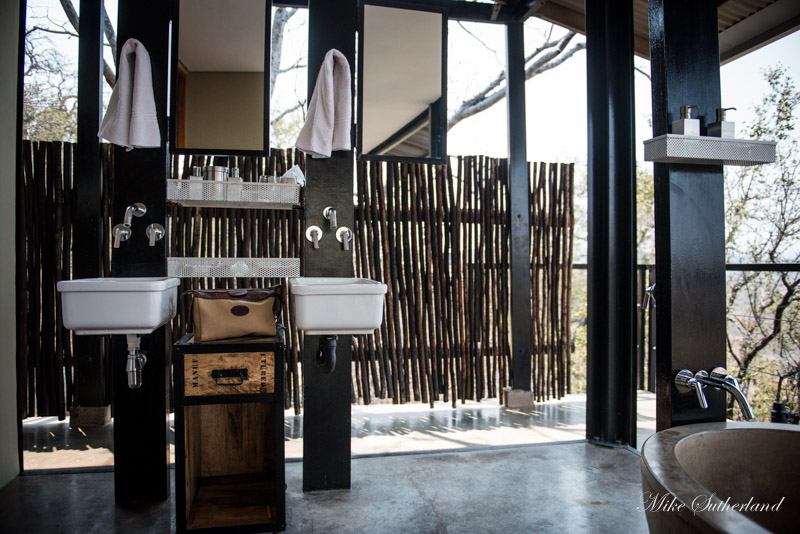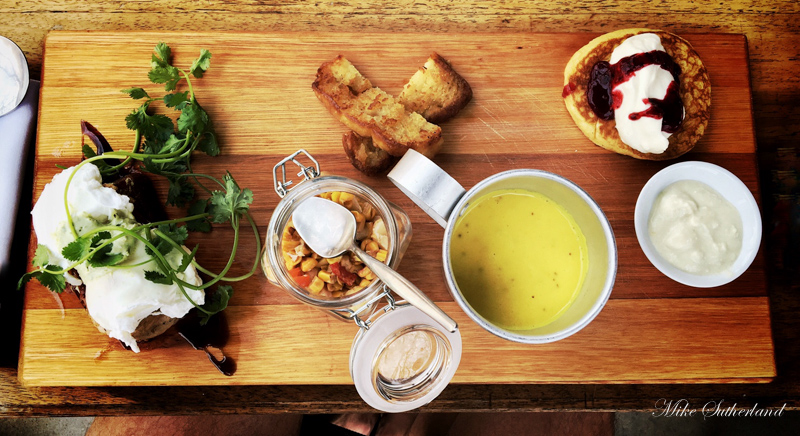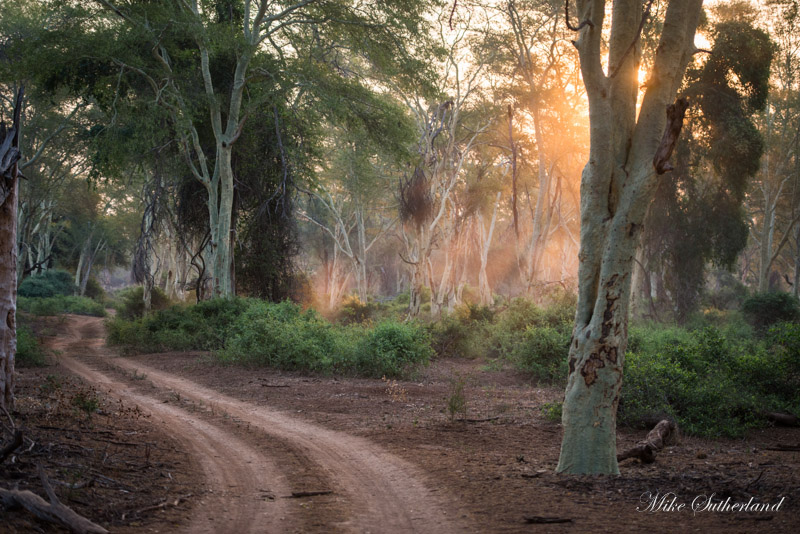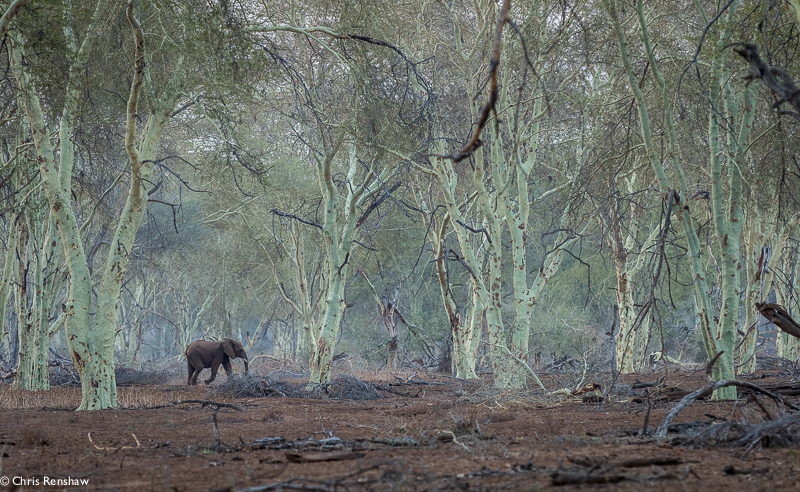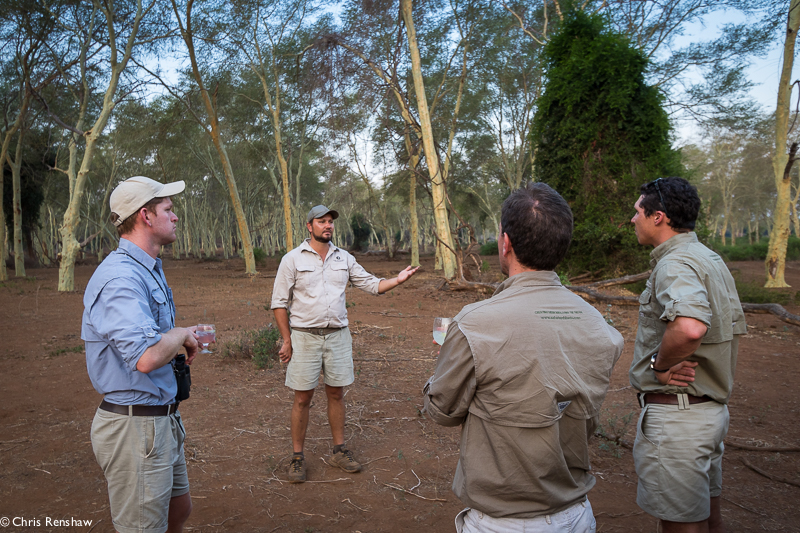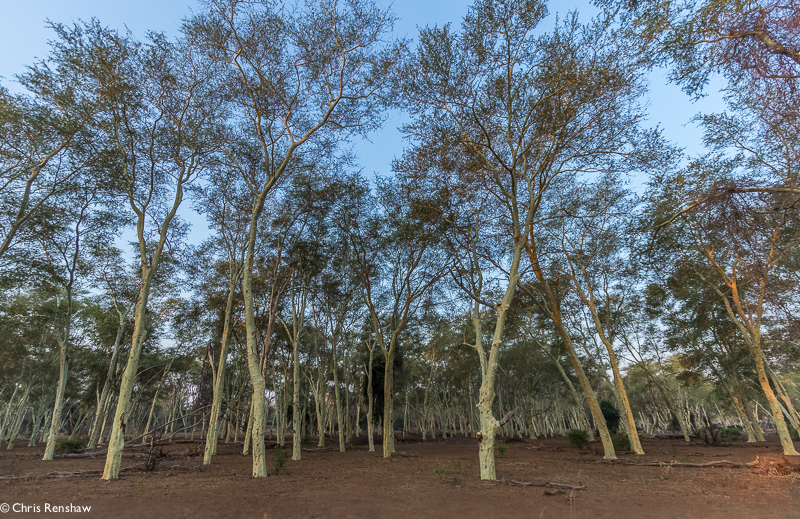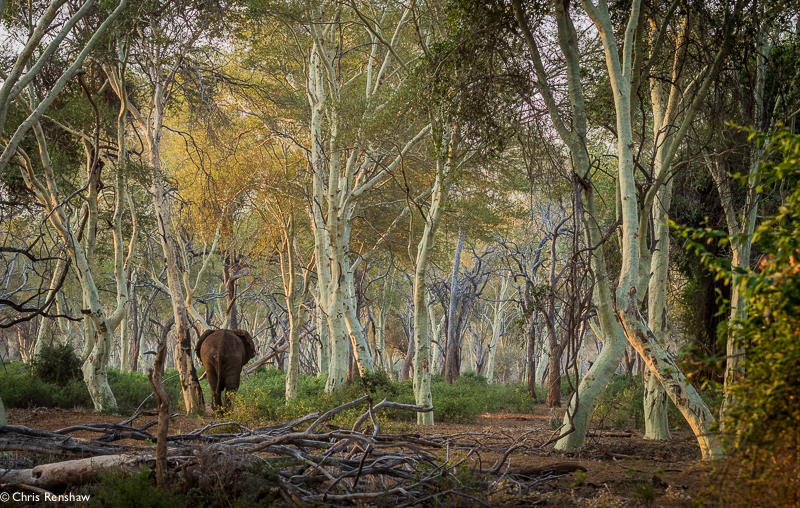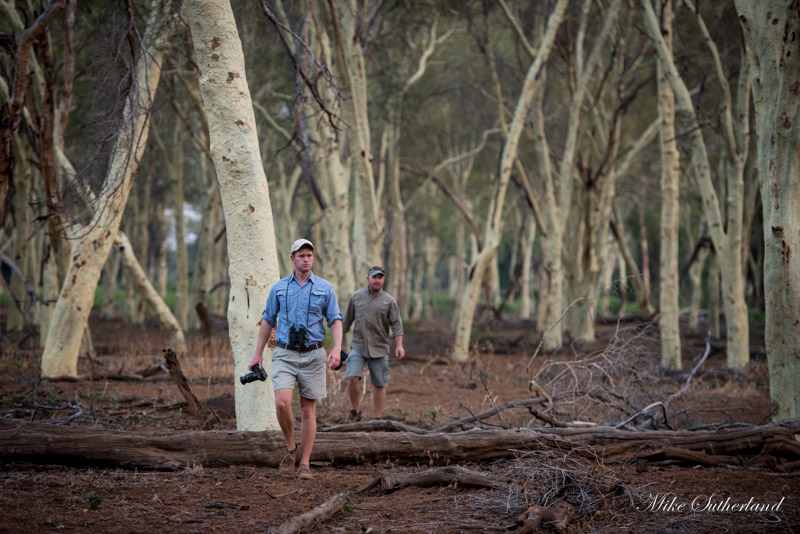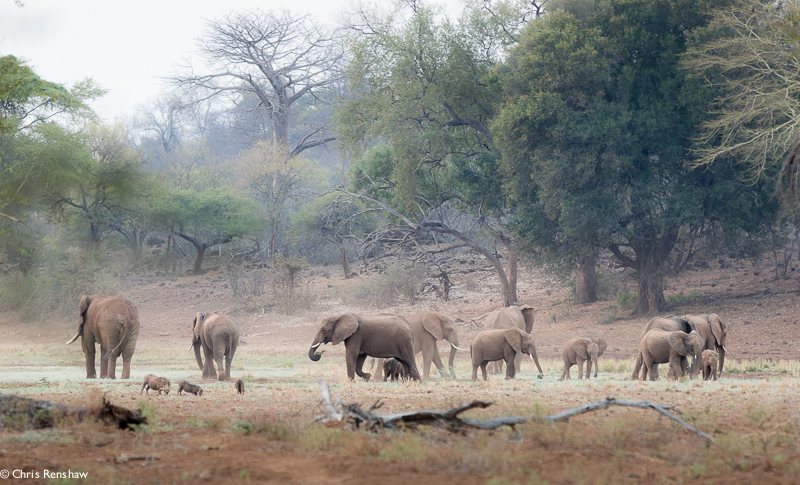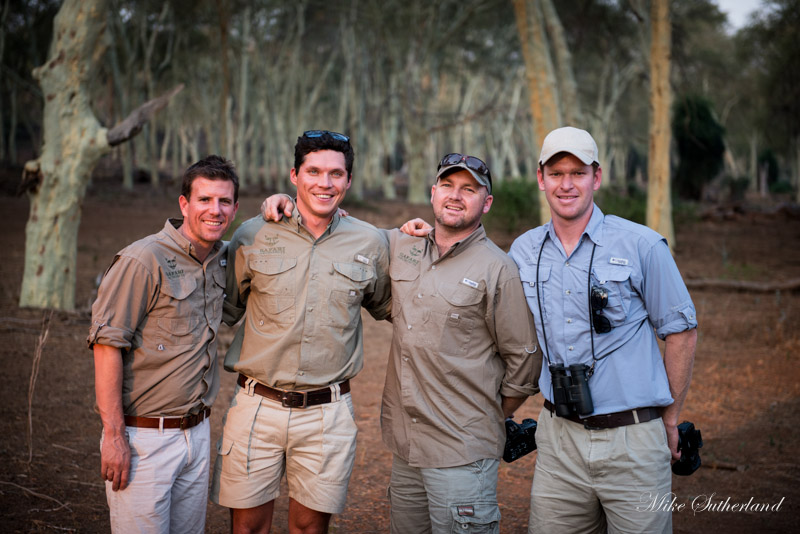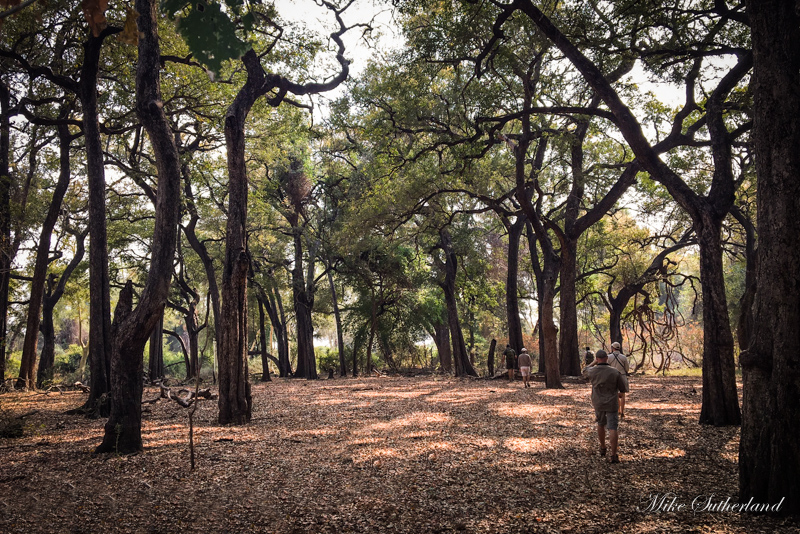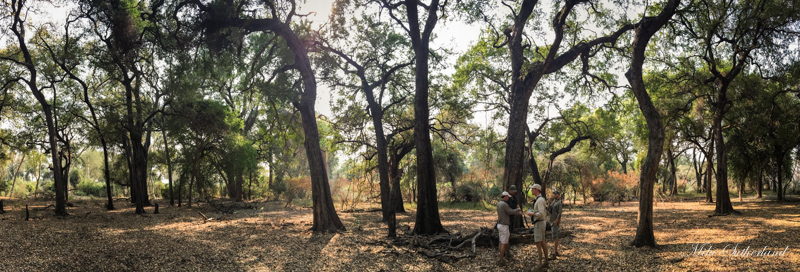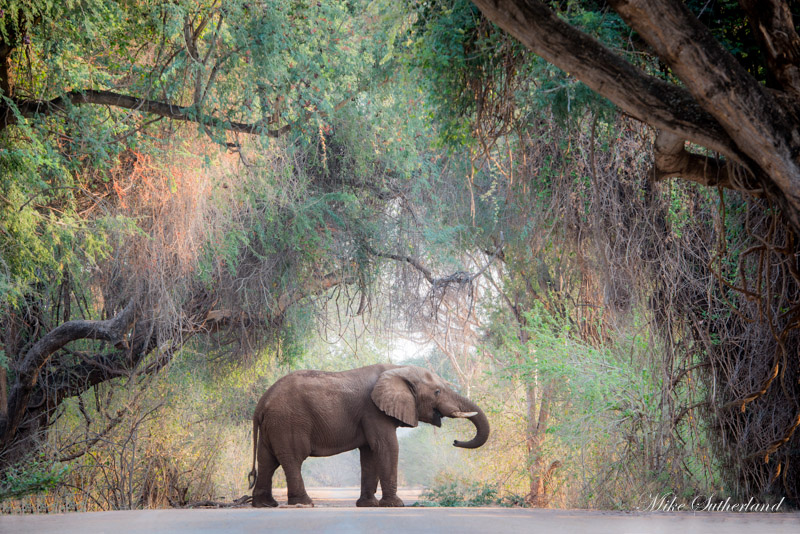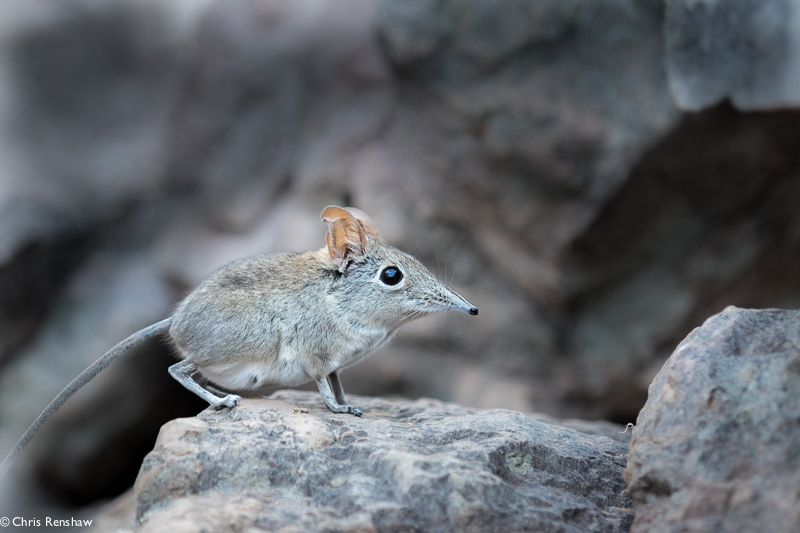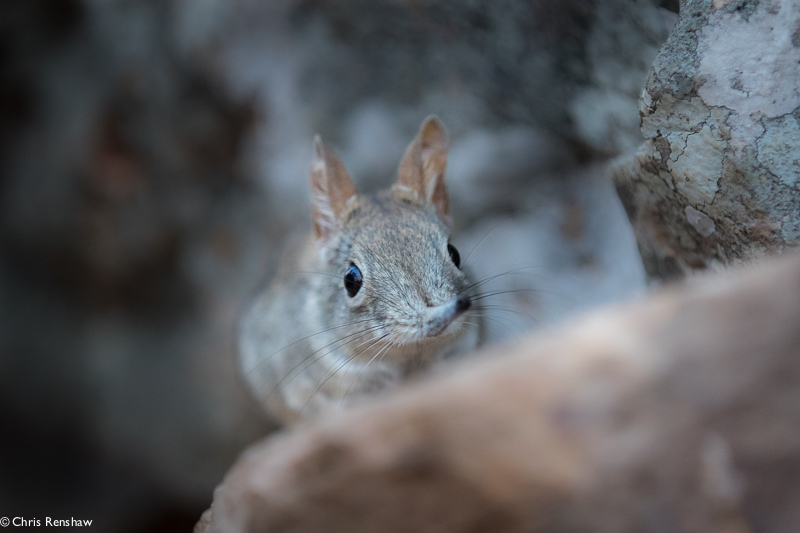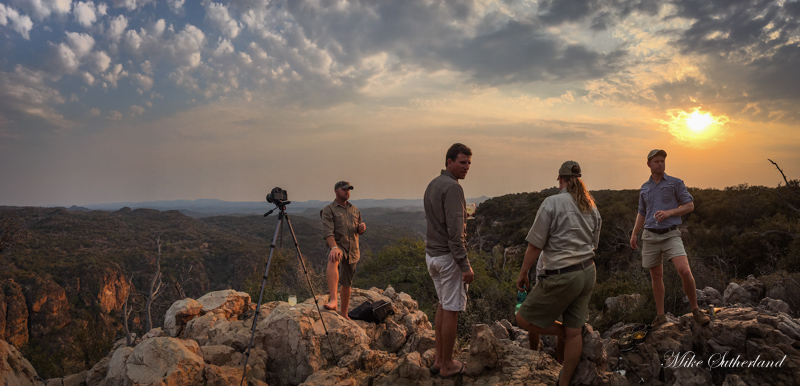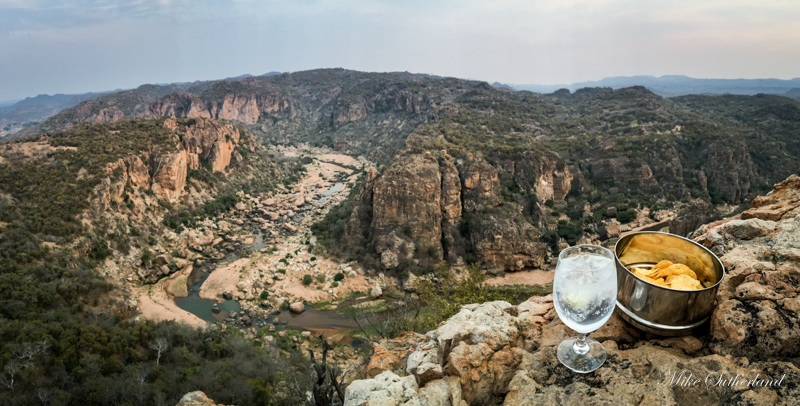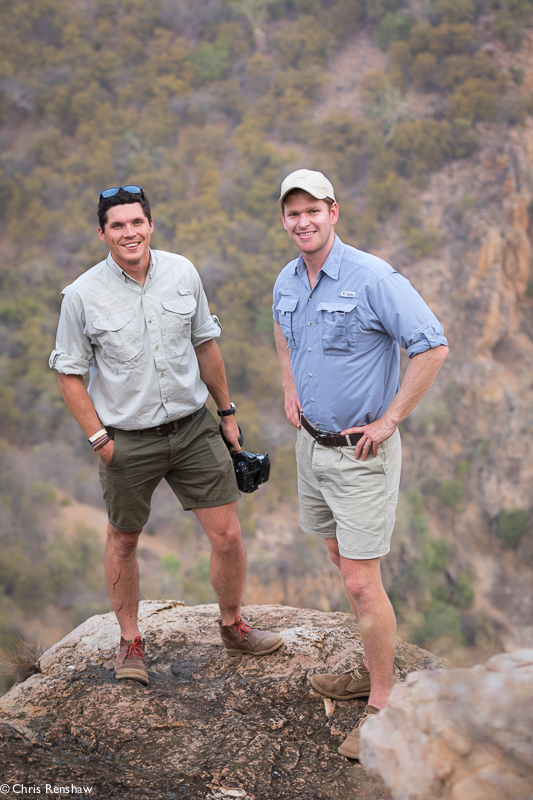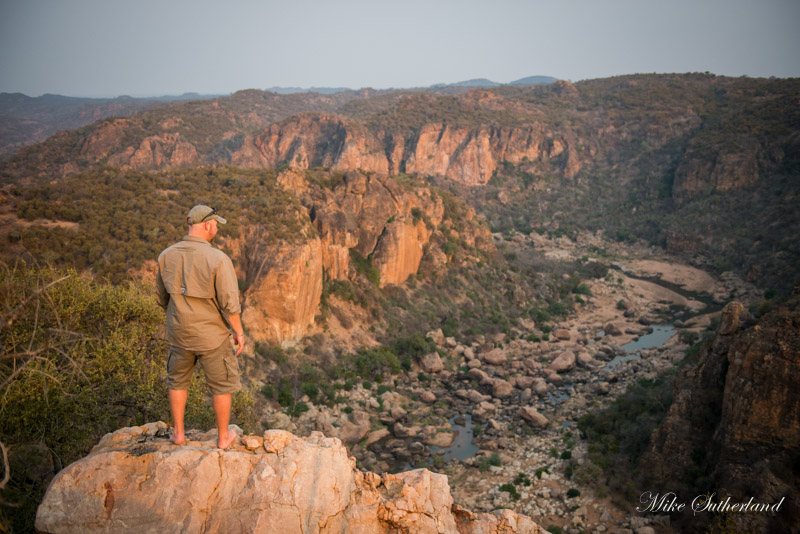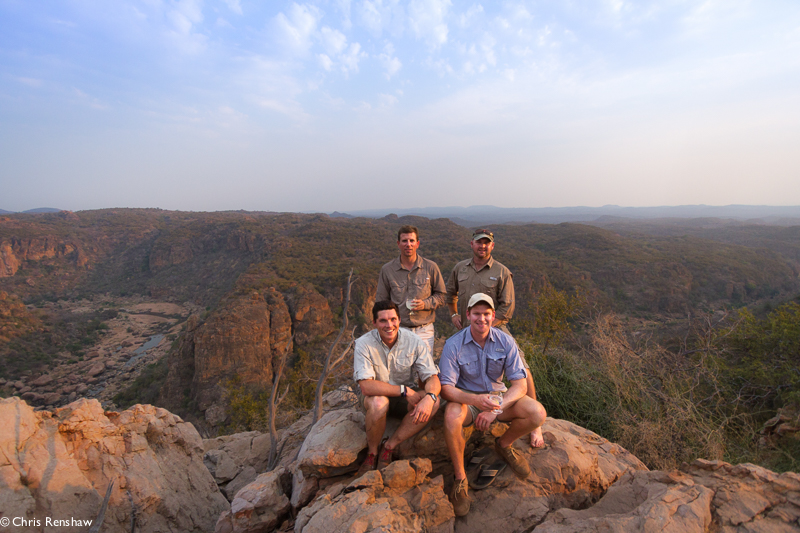Forests, Freedom, Friendships… and a Wedding
To arrive at a place, walk in the door and be at a loss for words, is not something one experiences many times in life. I had a moment like this recently on a team getaway to The Outpost Lodge in the Northern reaches of the Kruger National Park. Walking into my room at the lodge, a contemporary, wide open space with the most incredible view, made me hold my breath. And just for a second, it felt like I was flying – something I won’t forget for a while.
The lodge, designed in a simplistic fashion, using clean lines, concrete and steel; lends itself to being at one with its surrounds. And it was this setting that we, at Safari Architects were privileged enough to have our annual team-build and strategy session. Just prior, Safari Architects had planned a beautiful, intimate wedding at The Outpost, which lasted 3 nights and 4 days. The couple were wed under a quiet, unassuming Pod-Mahogany. The celebration that pursued was nothing short of spectacular.
After spending months planning the festivities and several other safaris’, we thought it would be a great idea to host our annual team building at this wonderful lodge to regroup, strategize and plan many more incredible holidays for our clients going forward. An amazing place to let nature’s wonders be a catalyst to creativity and productivity.
The Makuleke Contractual Concession, also known as the Pafuri Triangle, is arguably one of the last true wilderness areas left in South Africa. Nestled in the northern most reaches of the Kruger National Park, bordered to the north by the Limpopo River in Zimbabwe; and to the east, Crookes Corner in Mozambique. It falls in the “triangle” between the Limpopo and Luvuvhu Rivers which offer a distinct and diverse ecological experience.
One of our goals for this particular trip, was to spend as much time on foot as we could. We focused our first afternoon drive on exploring the well-known and documented Fever Tree (Vachellia Xanthophloea) Forest on the banks of the Luvuvhu River. This forest is in fact, a very young forest and is the result of a large cyclone that moved through the area creating the perfect environment for the forest to germinate. It only dates back to the 1930’s, but it’s the most enchanting place. The afternoon light, slowly moves through this yellowish-green forest, picking up signs of large herds of elephants, buffalo and even lions from a few nights before. With binoculars and cameras in hand, we took in this world around us. We encountered elephants on foot and were fortunate enough to see Bohm’s Spinetails flying above us in a small clearing. We walked in silence as we observed all that was around us, but our excitement was difficult to contain.
After a day of travelling and an afternoon in the Fever Tree Forest, we welcomed a cool face towel and drink at the lodge, followed by a delicious meal and a good rest.
The Pafuri, now known as the Makuleke Contractual Concession, was home to the Makuleke people for roughly 140 years prior to their forced removal under the Apartheid policies of South Africa’s former government. This then changed in the 1990’s, and a successful land claim was awarded. One condition to this was that the land should be put under eco-tourism and managed by the Kruger National Park. The Outpost Lodge was awarded a 30-year concession by the local community, who now completely benefit from this project, through employment, education and financial gains from lodge profits. There is also an agreement in place, that once the concession period ends, the local community can take over the management of the concession it and its lodges; by then having the necessary skills to effectively run and operate them well into the future. This is a success story that we are starting to see all over the country and throughout Southern Africa.
Focusing back on the wildlife and the walking, we set our sights on exploring a lesser known gem, situated on the banks of the Limpopo River. Our guide Garry, explained his obsession with the Jackal-Berry (Diospyros mespiliformis) Forest and urged us to take a trip there. After 4-5 hours of walking through the flood plains of the Limpopo River, birding along the way, we reached our destination where we shared some great stories about our own time spent in the bush. We spoke of old experiences, and shared knowledge of where, what and how. There was a certain mystical feeling standing in the presence of the enormous Jackal-Berry trees, unscathed or damaged by any large mammal. It almost felt “cathedral-like”.
From traversing Fever Tree Forests to Jackal-Berry Cathedrals; walking the banks of the Limpopo and Luvuvhu rivers and appreciating the quiet gorges; the time spent immersed in the wilderness, is what we were after. We enjoyed some time exploring the fringes of the Luvuvhu River by vehicle too, in search any great photographic opportunities by day and perhaps spotting the elusive Pel’s Fishing Owl at night. Unfortunately, we were not lucky enough to come across the owl, but we were presented with one of our most exciting photographic opportunities of the trip. Unlike what we would have expected, a fairly relaxed elephant bull, feeding in front of us on the road, created a scene that led to some of the most moving images we’ve captured this year.
A giant dwarfed by a forest of light and colour. Shades of greens, browns and oranges gave the scene depth. Framed by falling vines, branches and leaves.
A visit to this part of Kruger National Park, would not be complete without experiencing the unique landscape of Lanner Gorge. An 11km long abyss created by years of the Luvuvhu River flooding. Water forging its way through sandstone and shales created this natural phenomenon. It is a relatively young gorge in geological terms, being less than 2 million years old. It is also rumored to be the final resting place of criminals and enemies of a local chief, who, allegedly threw people off the highest cliff to their death.
We visited this beautiful place to enjoy our last sunset of the trip. We sat and spoke about the history of the area, the diversity of the terrain and the magic it holds. We even enjoyed a gin and tonic with a relatively shy Eastern Rock Elephant Shrew, who took our attention away from the view for a few brief moments.
We welcomed the setting sun to round off this magical trip, tapped our glasses together and saluted the future of Safari Architects.
Written by: Mike Sutherland
Photographed by: Chris Renshaw, Mike Sutherland and Brad Thomet
